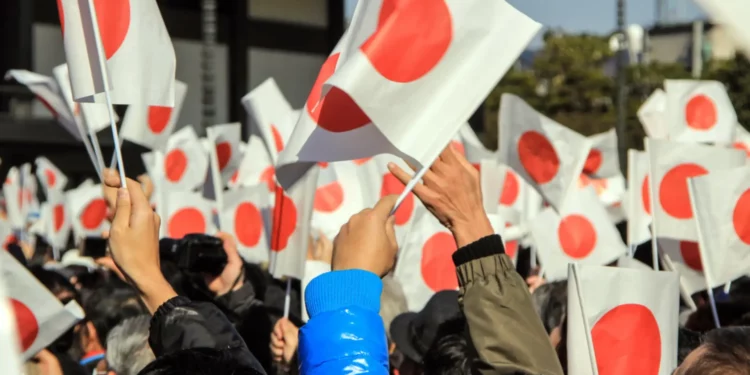Despite being unable to gain the majority, the LDP has managed to emerge as the single largest party.
With the Liberal Democratic Party (LDP) failing to secure a majority in Japan, the country now stands on the brink of political chaos. The present ruling party, along with its coalition partner, Komeito have won a total of 215 seats, significantly short of the required 233 seats which was needed in order for them to retain the majority.
The Constitutional Democratic Party (CDP) which is the largest opposition party in the country has achieved much success in this election, winning 148 seats. This is a significant increase from their performance in the previous election, in which they had secured 98 seats.
This is one of the worst performances by the LDP since the 2009 elections and forming a coalition seems to be a tough feat for the party. Prime Minister Shigeru Ishiba addressed the nation and admitted that “the LDP had to do some reflection and become a party which acts in line with the people’s will.” The months long controversy surrounding the MPs’ undeclared slush funds caused the LDP to lose public faith.
The scandal caused much damage to the party that the previous PM Fumio Kishida announced his decision to step down from office upon taking responsibility for the incident. Ishiba who was previously the Defence Minister became the party President and announced elections soon after.
While the party promptly declared that it would no longer support several candidates who had been accused of siphoning off profits from ticket sales from party gatherings into slush funds, the damage was already done, and the election results reflect a lack of public trust in the LDP. Despite these official claims, media reports emerged, accusing the LDP of spending millions of Yens in campaign funds endorsing these disgraced candidates.
Despite being unable to gain the majority, the LDP has managed to emerge as the single largest party. However, in order to form the government, Ishiba’s party must enter into a coalition with two other parties. While Komeitio is one of the parties, the other could include the Democratic Party for the People or the Japan Innovation Party.
The CDP, on the other hand, is quite confident that they too can form an alliance and form the government. However, this could mean that parties from across the political spectrum would come together to form the coalition, which could result in ideological clashes within the government. The CDP leader Yoshihiko Noda has assured the public that their party would work hard to bring about a change in government and that this was “not the end but the beginning.”
Political commentators are criticizing Ishiba’s lack of foresight in announcing the election so quickly upon assuming office, all while the party was muddled in controversy, and that this parliamentary deadlock could create economic as well as political hurdles for Japan. According to Japanese constitution, the parties have 30 days to form a coalition government.
Business lobbies are urging the political leaders to ensure that the formation of the government is completed at the earliest and with as little difficulties as possible, as this political instability cannot be healthy for the economy. This uncertainty has already resulted in the value of the Yen dropping to the lowest in three months against the dollar.
However, the weakening of the Yen is not entirely a negative sign for the economy as it has resulted in gains for Japanese stocks. The weakness of the Yen can also be attributed to the low interest rates in Japan, which will likely remain unchanged in the near future. While some businesses would like Ishiba to form the coalition government, there are others who are wary that the LDP may increase taxes.

















